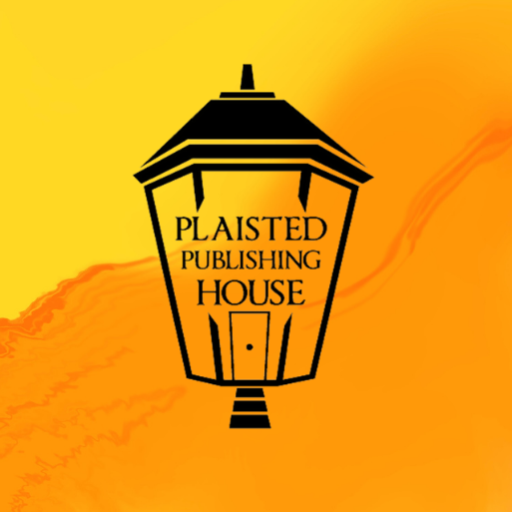Know Your Worth – A Conversation about Perceived Value, Posted on Facebook by Amanda Zito.
KNOW YOUR WORTH There are so many people who don’t understand what your job is. I’ve had one client decided all I was doing was putting images in her book and therefore I cost to much… Never had the nerve to ask me, never spoke to me again, never apologised. Think about…
Read more


Recent Comments